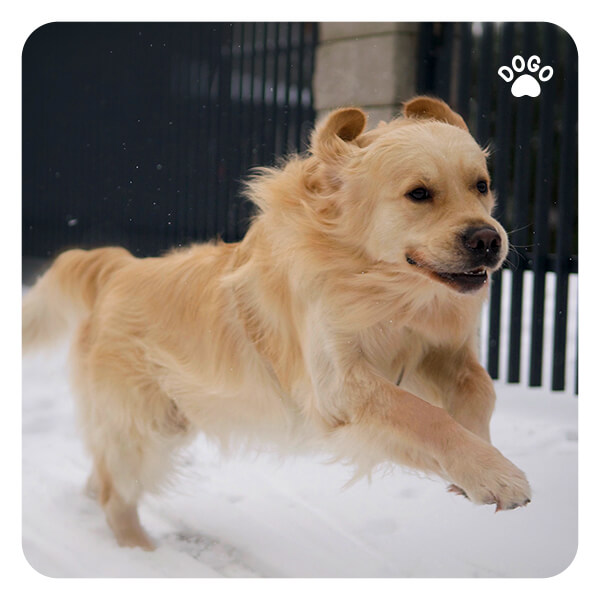 If you’ve ever watched a dog sprint across a field or down a beach, you’ve probably marveled at their speed. Dogs are naturally built for running, with their powerful muscles and agile bodies. But just how fast can these furry companions run? Let’s take a closer look at the incredible speed of our canine friends.
If you’ve ever watched a dog sprint across a field or down a beach, you’ve probably marveled at their speed. Dogs are naturally built for running, with their powerful muscles and agile bodies. But just how fast can these furry companions run? Let’s take a closer look at the incredible speed of our canine friends.
Understanding a Dog’s Natural Speed
Dogs are known for their agility and speed. The answer to how fast a dog can run largely depends on their breed, age, and physical condition. In general, the average healthy dog can run about 15 to 20 miles per hour. However, some breeds are even faster. Greyhounds, for example, are one of the fastest dog breeds and can reach speeds of up to 45 miles per hour. On the other hand, smaller breeds like Dachshunds are not built for speed and may only reach around 10 to 15 miles per hour.
Factors Affecting a Dog’s Speed
Several factors influence a dog’s running speed. These factors can include breed, age, physical fitness, and motivation. Just like humans, dogs have their own natural speed and endurance levels. Younger dogs tend to be faster and more energetic, while older dogs may not be able to maintain the same level of speed and endurance. Additionally, a dog’s motivation to run can also impact their speed. Whether they are chasing a ball, playing with other dogs, or simply enjoying a brisk run, their motivation can push their speed to its maximum potential.
Harnessing a Dog’s Speed
For dog owners, understanding their pet’s natural speed can be beneficial. If you have a high-energy dog, providing regular exercise and playtime can help them maintain their physical fitness and satisfy their need for speed. Activities such as running, playing fetch, or participating in agility training can help keep a dog mentally and physically stimulated. It’s important to remember that while some dogs love to run, others may not be as enthusiastic about it. Always consider your dog’s individual preferences and physical limitations when engaging in any sort of physical activity.
Safety Considerations
While it’s impressive to witness a dog’s speed, safety should always be a priority. When allowing your dog to run, whether in a fenced area or off-leash, it’s important to ensure the environment is safe and secure. Keep a close eye on your dog to prevent them from running into potentially dangerous situations. Also, be mindful of the weather conditions, as extreme heat or cold can affect a dog’s ability to run at their full potential.
The speed at which dogs can run is a remarkable aspect of their natural abilities. Understanding and appreciating a dog’s speed can help us better cater to their exercise needs and ensure they lead happy, healthy lives. Whether your dog is a sprinter or more of a leisurely runner, providing opportunities for them to run and play will undoubtedly contribute to their overall well-being. So, the next time you see your furry friend take off at lightning speed, take a moment to appreciate just how extraordinary their running abilities truly are.
[/fusion_text]



